Krups Combi Steam XP1600 Bruksanvisning
Krups
kaffebryggare
Combi Steam XP1600
Läs gratis den bruksanvisning för Krups Combi Steam XP1600 (51 sidor) i kategorin kaffebryggare. Guiden har ansetts hjälpsam av 13 personer och har ett genomsnittsbetyg på 4.5 stjärnor baserat på 7 recensioner. Har du en fråga om Krups Combi Steam XP1600 eller vill du ställa frågor till andra användare av produkten? Ställ en fråga
Sida 1/51

ESPRESSO COMBI
XP1600
ENFRES
www.krups.com
Produktspecifikationer
| Varumärke: | Krups |
| Kategori: | kaffebryggare |
| Modell: | Combi Steam XP1600 |
Behöver du hjälp?
Om du behöver hjälp med Krups Combi Steam XP1600 ställ en fråga nedan och andra användare kommer att svara dig
kaffebryggare Krups Manualer
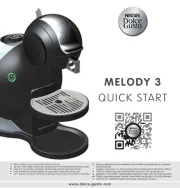
18 Oktober 2025
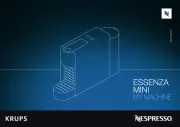
10 September 2025

10 September 2025
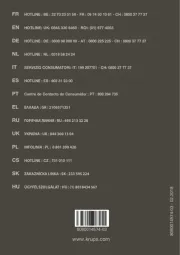
3 September 2025
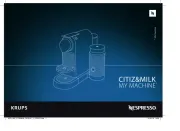
2 September 2025
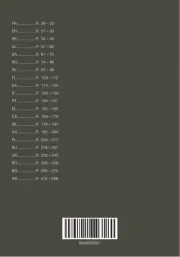
2 September 2025
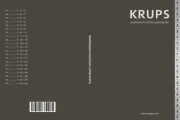
2 September 2025
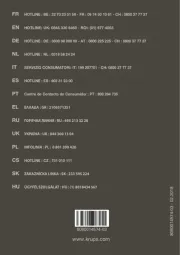
2 September 2025

2 September 2025
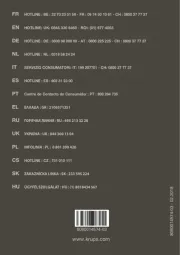
2 September 2025
kaffebryggare Manualer
- Termozeta
- Fagor
- Adler
- Miogo
- PowerXL
- Fischer
- Hamilton Beach
- Vivax
- Siemens
- Nutrichef
- CaterChef
- Havsö
- Conair
- Auspure
- KitchenAid
Nyaste kaffebryggare Manualer

20 Oktober 2025
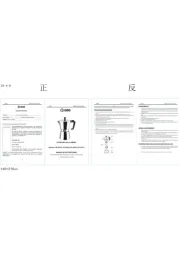
19 Oktober 2025
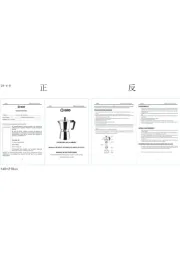
18 Oktober 2025
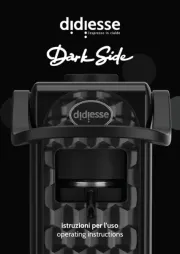
18 Oktober 2025
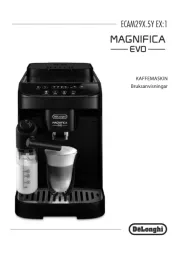
17 Oktober 2025
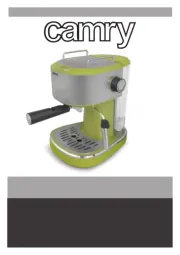
15 Oktober 2025
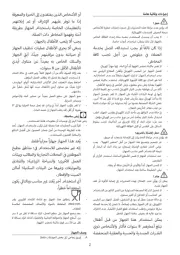
12 Oktober 2025
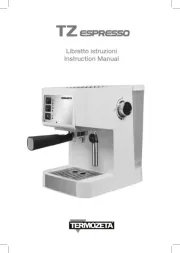
12 Oktober 2025
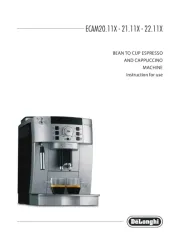
12 Oktober 2025
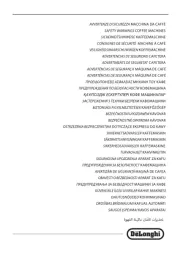
12 Oktober 2025